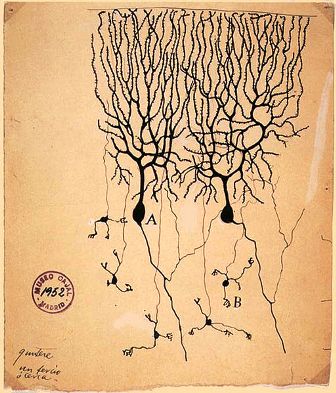Growing New Brain Cells
Proverbs 22:17-19
“Bow down thine ear, and hear the words of the wise, and apply thine heart unto my knowledge. For [it is] a pleasant thing if thou keep them within thee; they shall withal be fitted in thy lips. That thy trust may be in the LORD, I have made known to thee this day, even to thee.”
Scientists who study the brain have always believed that adult creatures have all the brain cells they’re ever going to have. If this is the case for humans, with the most powerful and highly evolved brains, then, of course, it must be true for the “lower” animals as well.
But the actual brain structure and demonstrated intelligence of various creatures is often just the  opposite of what those who believe in evolution expect. The working cell of the brain is called the neuron. We have trillions of them in our brains, and each wire like neuron has connections to millions of other neurons. So growing a new, working neuron and getting it properly wired into millions of other neurons is no simple business. That’s why scientists have always considered it impossible for new brain cells to develop in adults.
opposite of what those who believe in evolution expect. The working cell of the brain is called the neuron. We have trillions of them in our brains, and each wire like neuron has connections to millions of other neurons. So growing a new, working neuron and getting it properly wired into millions of other neurons is no simple business. That’s why scientists have always considered it impossible for new brain cells to develop in adults.
But now, researchers are investigating convincing evidence that adult songbirds not only grow new brain cells that properly wire themselves into the brain, but that these new cells enable new learning to take place. Scientists hope to discover how this takes place in the hope that the same growth of new brain cells could be brought about in humans who are suffering from brain damage. Here is yet another example of how, by their actions, intelligent scientists are denying evolution by seeking to learn how the Creator has designed His creation.
Prayer:
Father, I thank You that Your handiwork and power are so clearly evident in the creation. I ask that You would use this evidence to turn the hearts of those who would deny You so that they might learn of Your love to them in Christ and become witnesses for You. Amen.
Notes:
Kolata, Gina. 1985. “Birds, brains, and the biology of song.” Science 85, Dec. p. 58. Photo: Drawing of Purkinje cells (A) and granule cells (B) from pigeon cerebellum by Santiago Ramón y Cajal, 1899.